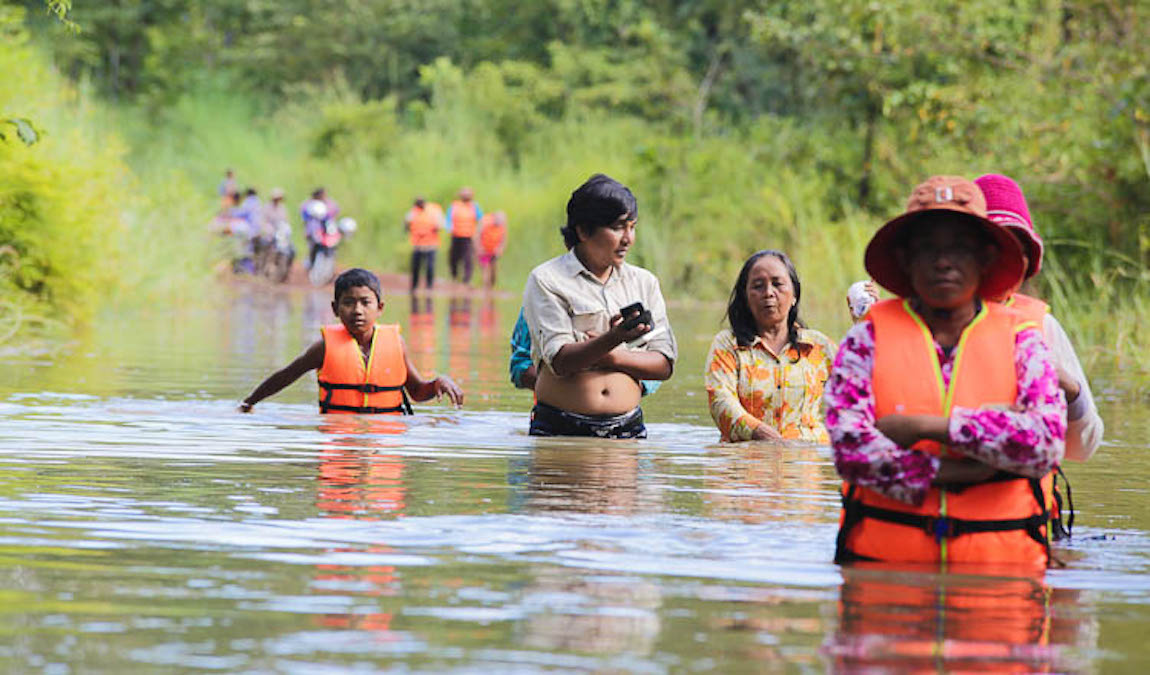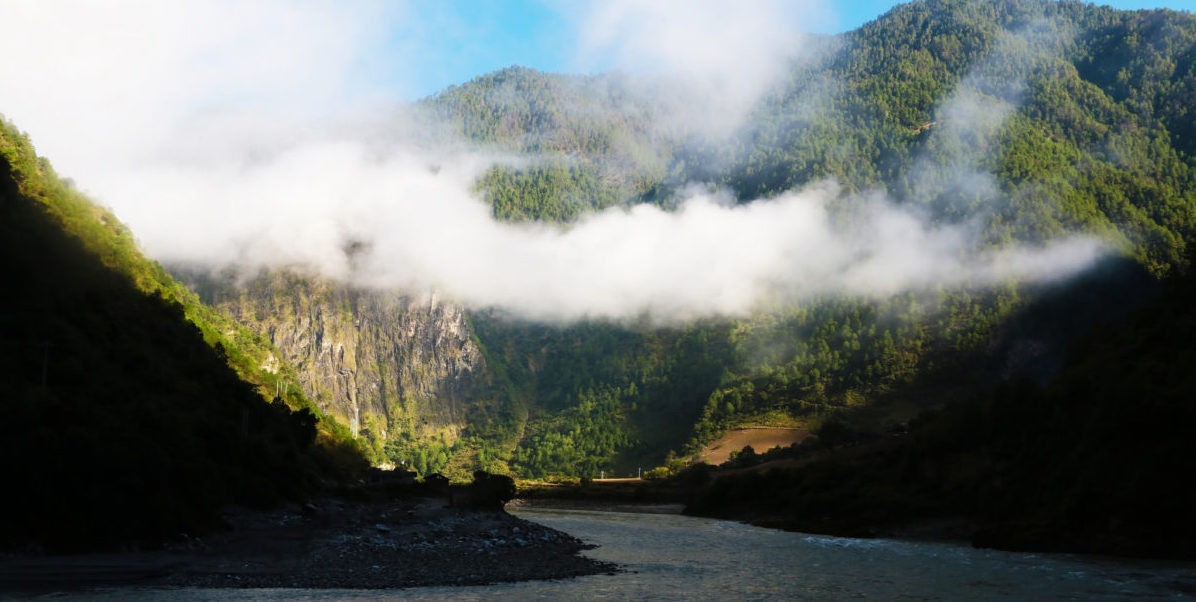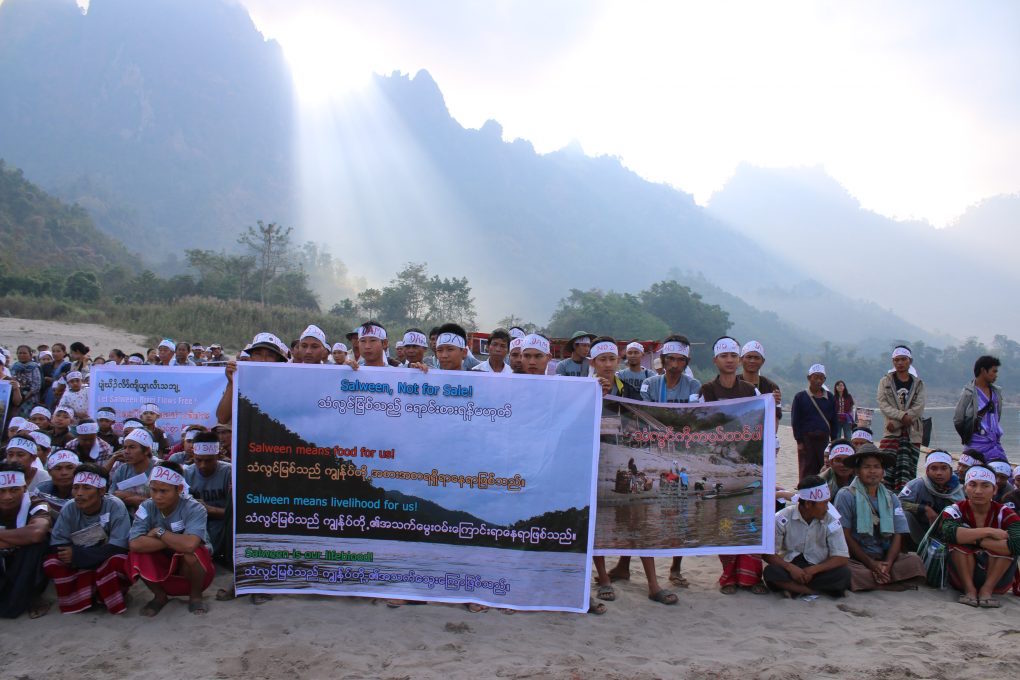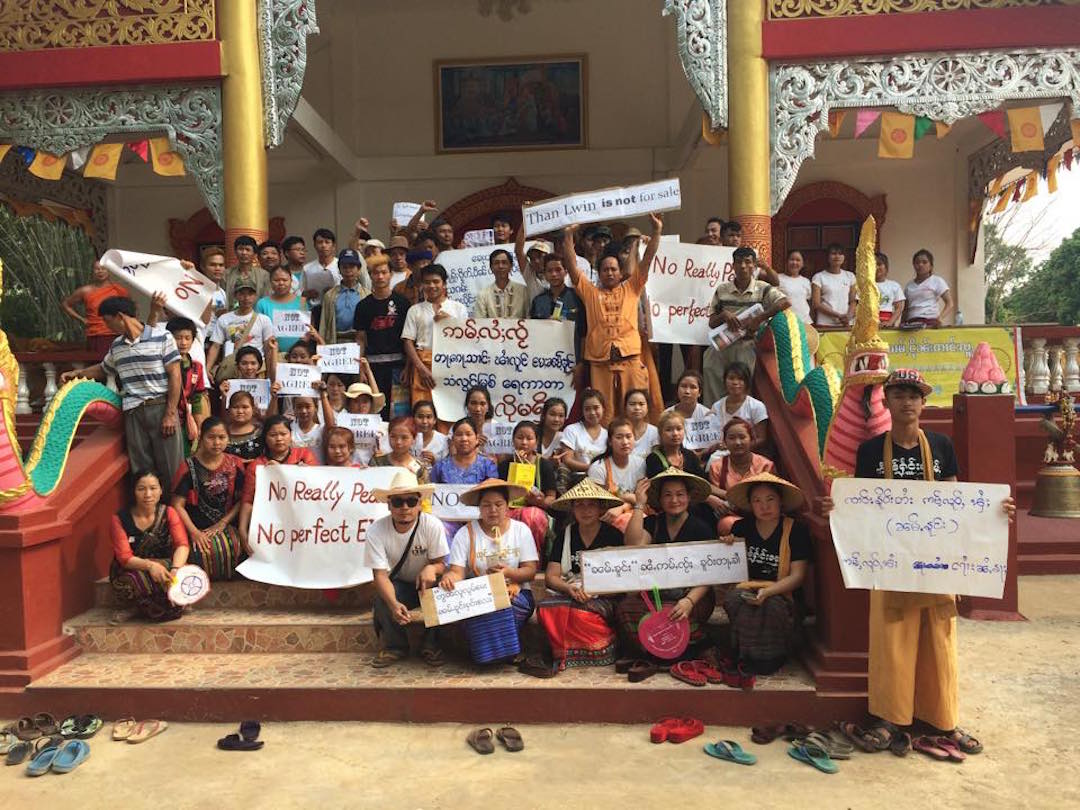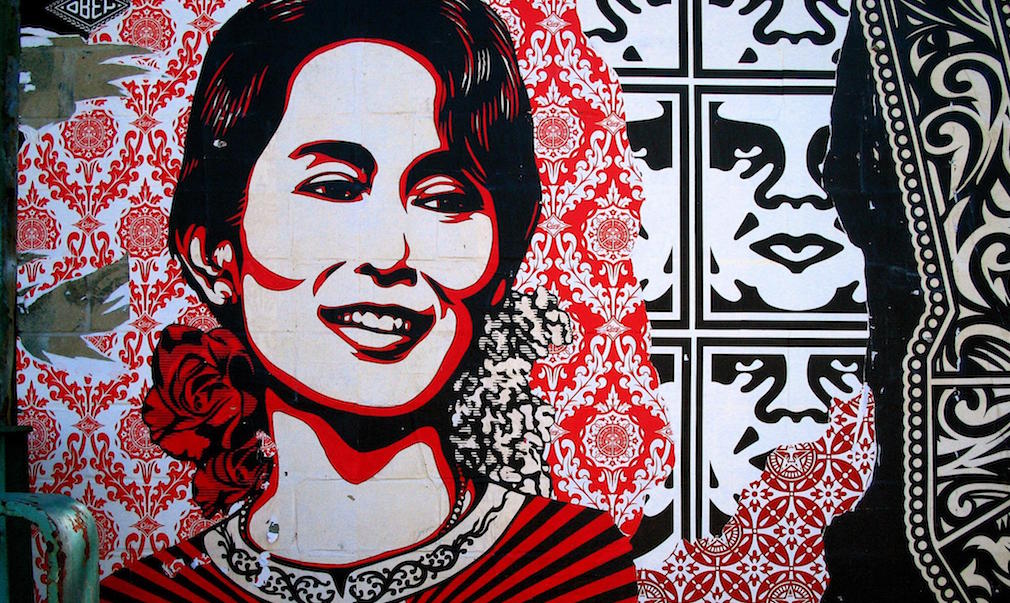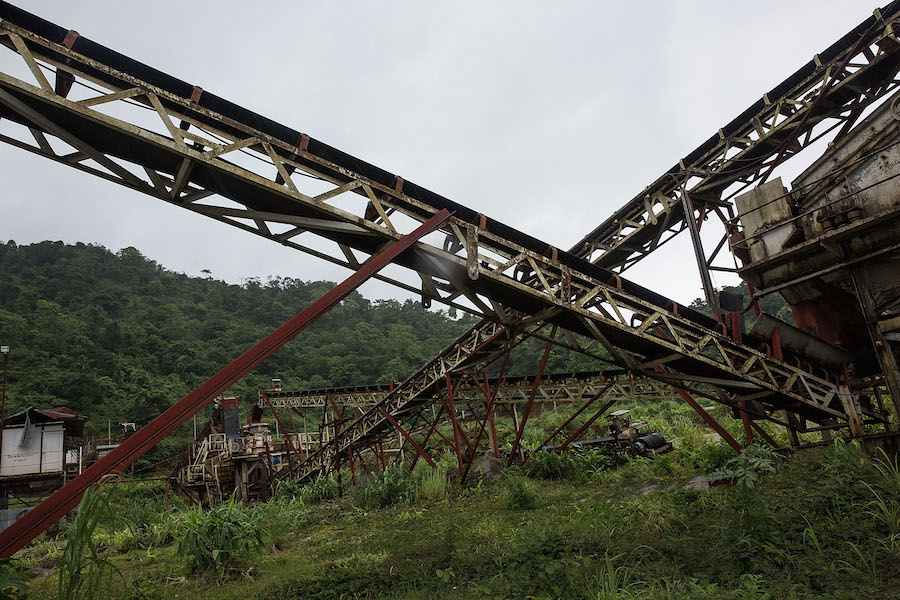The loggers sell timber to traders who will distribute them to various depots in the northeast provinces before exporting them to Vietnam.
Tag: ethnic groups
Hardship and dedication in pursuit of a story
My day with the last ethnic families whose houses flooded by Lower Sesan II dam but refused to leave their homes: Reporter
Damming the Salween: what next for Southeast Asia’s last great free-flowing river?
It’s difficult to encapsulate, as an outsider, how significant the Salween is in the hearts, minds and identities of the ethnic communities who live in its watershed. “From the Land of Green Ghosts,” Pascal Khoo Htwe’s autobiographical account of life in conflict-ridden eastern Myanmar is flecked through with references to the “legendary River Salween,” the river he refers to as “an old friend or a lover.” Meeting with Salween riverine communities in Myanmar today, Pascal Khoo Htwe’s depiction of his relationship with the river burns strong – they still talk about it all the time.
Southeast Asia’s last major undammed river in crisis
From the snow-capped mountains of Tibet, the Salween rushes through steep gorges in Yunnan Province and flows through four of Myanmar’s ethnic states before emptying into the Andaman Sea.
With dams on hold upstream, Yunnan’s provincial chief Li Jiheng expressed support in 2016 for a national park to stimulate this region’s tourism in the upper Salween (the Nu River) which already attracts many visitors to the ‘Three Parallel Rivers’ World Heritage site. Although Li Jiheng was recently replaced by Chen Hao, it is hoped that the dams will remain suspended.
Current Status of Dam Projects on the Salween River
Much of the mighty Salween River continues to flow freely. Beginning in the Tibetan Himalayan Mountain Range, the river meanders through China’s Yunnan Province where it runs parallel to the Mekong and Yangtze Rivers, forming the Three Parallel Rivers of Yunnan Protected Areas, a UNESCO World Heritage site. It then flows across the Burma (Myanmar) border into Shan State, and on into Kayah (Karenni) State, forming the border between Burma, in Karen State, and Thailand, in the Mae Sariang and Sob Moei Districts of Mae Hong Son, before flowing into Mon State and emptying into the sea at Moulmein. The entire length of the river is 2,800 kilometers.
The Salween River is home to a large number of diverse ethnic groups and is a rich hub of natural resources. It is a highly complex ecosystem, teeming with life. Unlike other major rivers around the world, the Salween remains largely untouched by man-made developments.
Myitsone dam is as much Aung San Suu Kyi’s problem as Beijing’s
In September 2011, Myanmar President Thein Sein announced that construction of China’s largest hydroelectric project in Southeast Asia — the $3.6 billion-plus Myitsone dam in northern Myanmar — would be suspended for the duration of his term.
This came as a shock to China, which had believed that Myanmar was securely within the Sinocentric orbit, if not quite a “client state.”
Fair Share: Toward an Equitable Resource Revenue System
Myanmar’s government currently collects much of the trillions of kyat generated by oil, gas, gemstones and other minerals each year, primarily through its state-owned economic enterprises (SEEs). In the face of such centralized control over revenue, many ethnic groups have long asserted their right to make decisions over resource management in their states. In fact, combatants in areas of active conflict and leaders from several ethnic minority parties—particularly those associated with Kachin, Rakhine and Shan states—have openly called for greater resource revenue sharing.


